In a perfect world, we’d be able to spend every waking moment with our feline friends. Cats are not our whole lives, but they make our lives whole. And because we want to give them their best life possible, we’ve gotta go to work. We’ve gotta make some dough so that we can spoil them just as they rightfully deserve. But what do they do when we’re away? With the ingenious idea to strap body cameras on some felines, now we know!
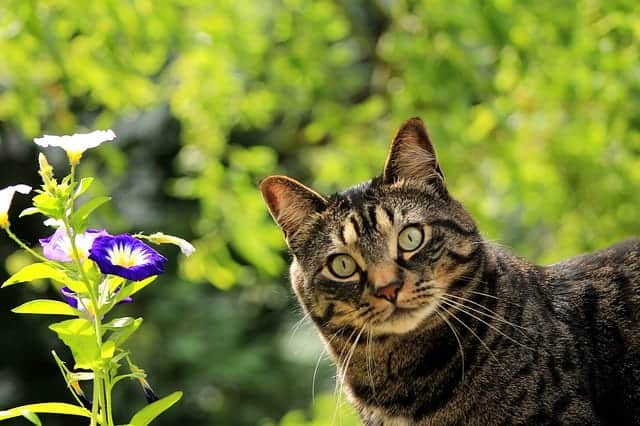
I think it goes without saying that we’ve all wondered a time or two what exactly our cats do in our absence.
If you’ve got a playful and frisky kitty, it might be easier to tell when you walk into a home that’s been cat wrecked. But what about those cats we are assume are lazy, loafing around all day, only getting up to eat? Maren Huck is a behavioral ecologist at the University of Derby in the UK and she decided to get to the bottom of this lingering question that has been on the minds of cat owners for centuries.

We know that in today’s modern world, cameras are know not only high tech, sleek and minimal, but that they are also ultraportable. Knowing these technological advances, Huck decided it was time to strap some lightweight body cameras on cats. Then we could see what it is they do all day long when we’re off making money to support their luxurious lifestyle.
In an interview with Science Mag, they sat down with huck to find out what inspired her to collect this purrfect data on our feline friends:
Q: What prompted you to put cameras on cats?
A: One day in 2014, my cat Treacle brought home a merlin. The falcon was as big as she was, and I wondered whether she had really caught it herself—or if she had just grabbed it after it flew into a window. I wanted to keep a video diary of her exploits, so I bought a small camera on the internet; it’s about the diameter of a golf ball, but flatter and much lighter. It can record for about 2.5 hours, and it clips right onto the collar. And it can record in the infrared, so I could track Treacle at night.
I collected footage for about 6 months. In that time, I noticed that Treacle vocalized less outside than she did in the house, and that the pitch of the vocalizations was different. She only caught one thing that whole time: a woodmouse. I began wondering if I could do this more scientifically, and follow a larger number of cats, to get a better sense of how they behave when no one is watching.

Q: Had similar studies been done on cats before?
A: A couple of other studies had put cameras on cats, but they tended to only look at one thing: how often cats cross roads, for example, or how many animals they kill. We wanted to look at a range of behaviors. In some other studies, people directly observed cats. But cats behave much differently when a person is around. When I was outside in the garden with Treacle, she would spend a lot of time sleeping or grooming, probably because she felt protected with me there. When I wasn’t around, she mostly hunted and even interacted with other cats. And you can’t follow a cat when it jumps over a fence.
Q: What were the challenges of getting the cats to wear cameras?
A: We started with 21 cats, but only 16 tolerated the cameras. The others either started racing around or tried to scratch them off. One mother cat was like this, and when we put the camera on her son, she began hitting him. So we didn’t use either cat.
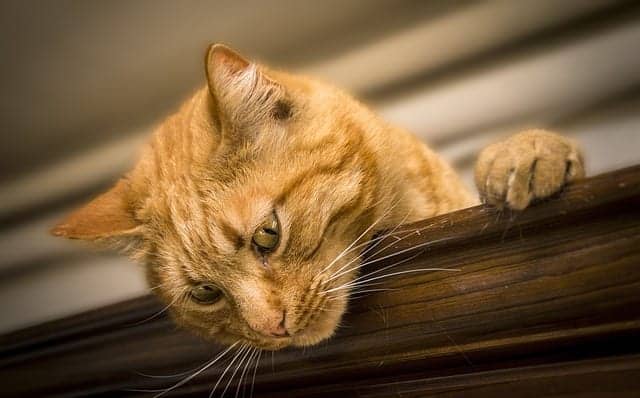
Q: Did the videos reveal any surprises?
A: Cats are seen as relatively lazy, especially compared to dogs. But we saw that when they were outside, they became superalert. They scanned their surroundings, sometimes for a half-hour or more on end. And even though cats are highly territorial, they didn’t always fight with other cats they encountered. Often, they just sat a couple of meters away from each other for up to a half an hour. They may have been sizing each other up. Sometimes they would engage in a greeting, briefly touching noses.
When they were in their homes, the cats spent a lot of time following their humans around. They liked to be in the same room. A lot of my students were surprised at how attached cats were to people.
Q: How do you hope this work will be applied?
A: I hope more people put body cameras on cats to understand their behavior. There is also debate over whether cats should be kept indoors all the time. If we find that cats seem more bored or stressed out when kept indoors—for example, by pacing, like some animals do at the zoo—that means we need to think more about enriching their indoor lives, or giving them some outside time.
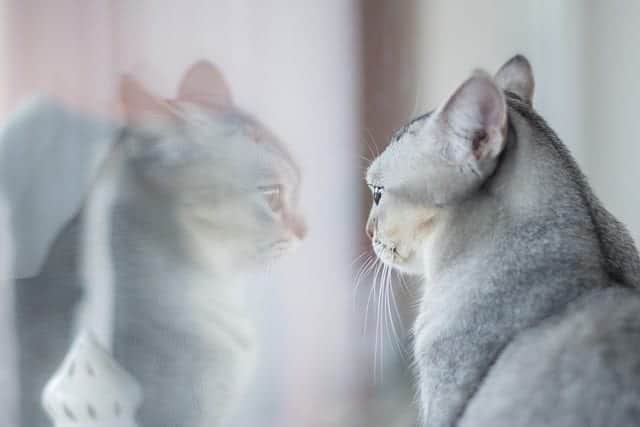
Q: You thank the study cats in the paper’s Acknowledgements section. Why?
A: I always acknowledge the animals I work with. I’ve been doing that since my Ph.D. thesis. I do feel thankful because if the cats didn’t oblige us, we couldn’t do the study.
Check out a snippet below of “Cats Wearing Cameras” courtesy of Science Magazine on YouTube:
So what did you think of this study? I think my favorite take away was that 5 cats simply refused to wear the body cameras for the experiment. Something tells me that my cats would have protested, too. Cats gonna be cats!
REMEMBER: ADOPT, DON’T SHOP, MICROCHIP YOUR PETS & SPAY AND NEUTER!
Related Story: New Study Shows That Cats Recognize The Sound Of Their Names–Even When Called By A Stranger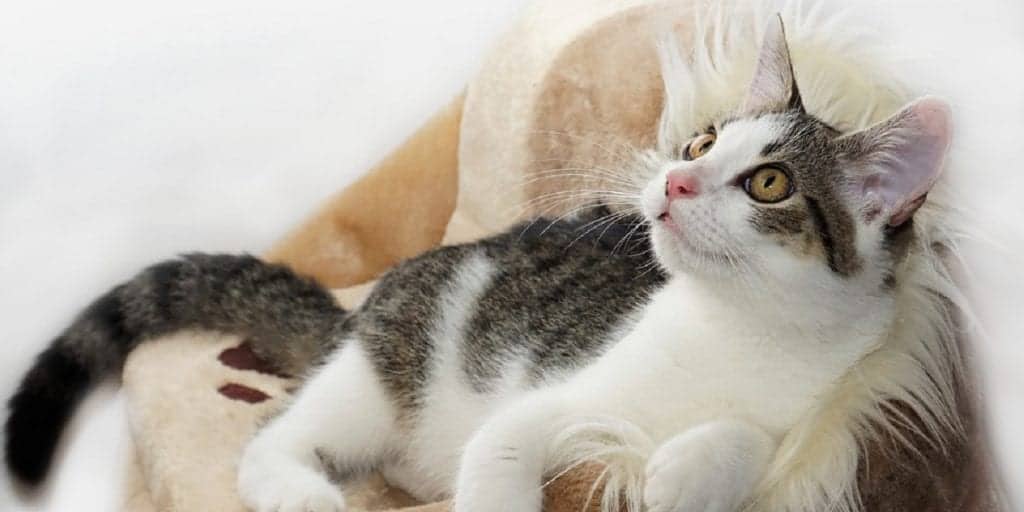



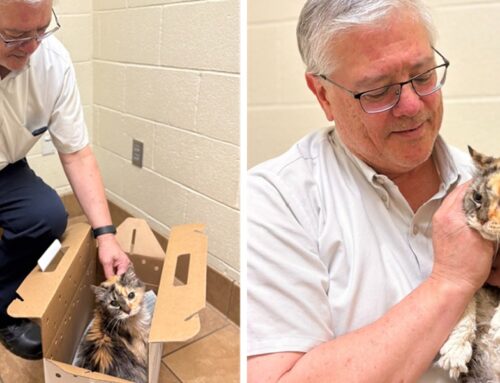
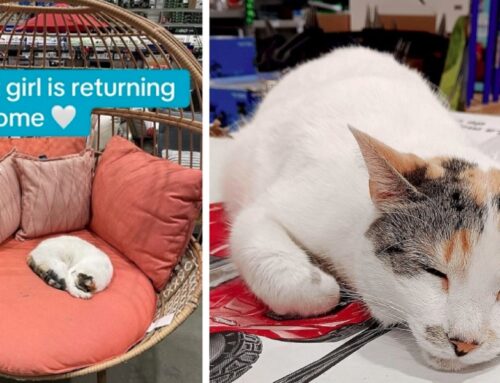

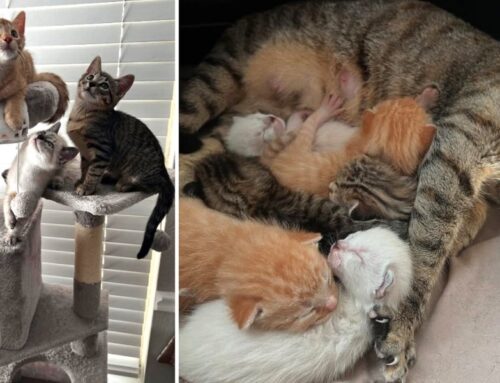

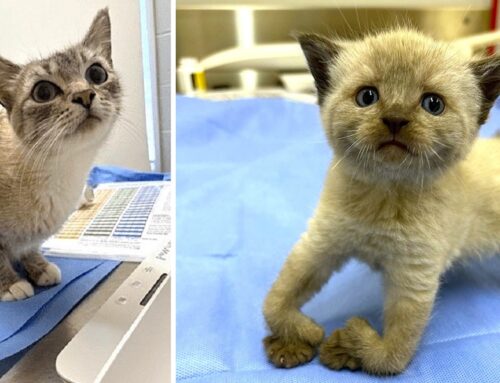
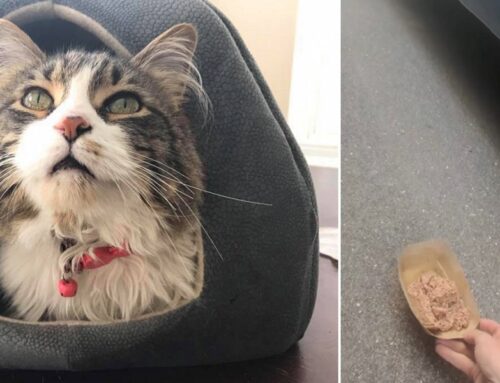
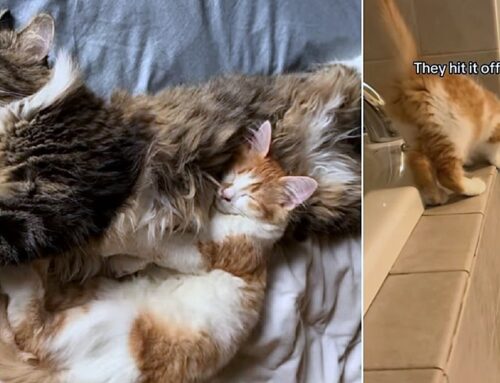
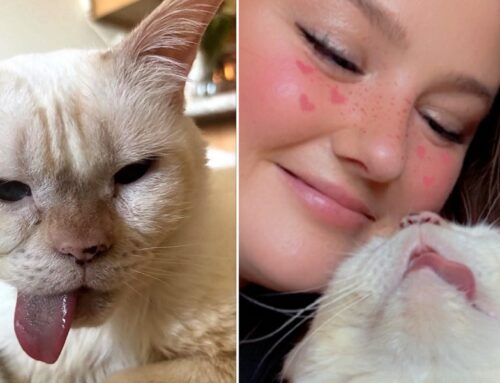
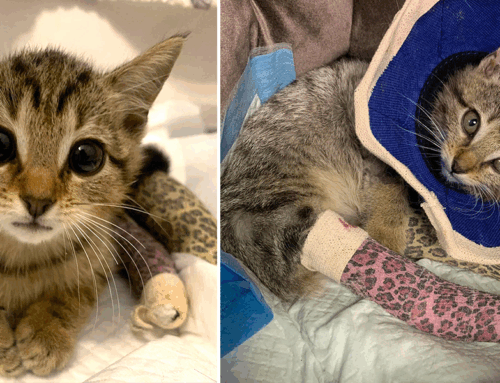
Leave A Comment
You must be logged in to post a comment.